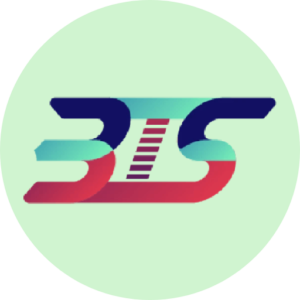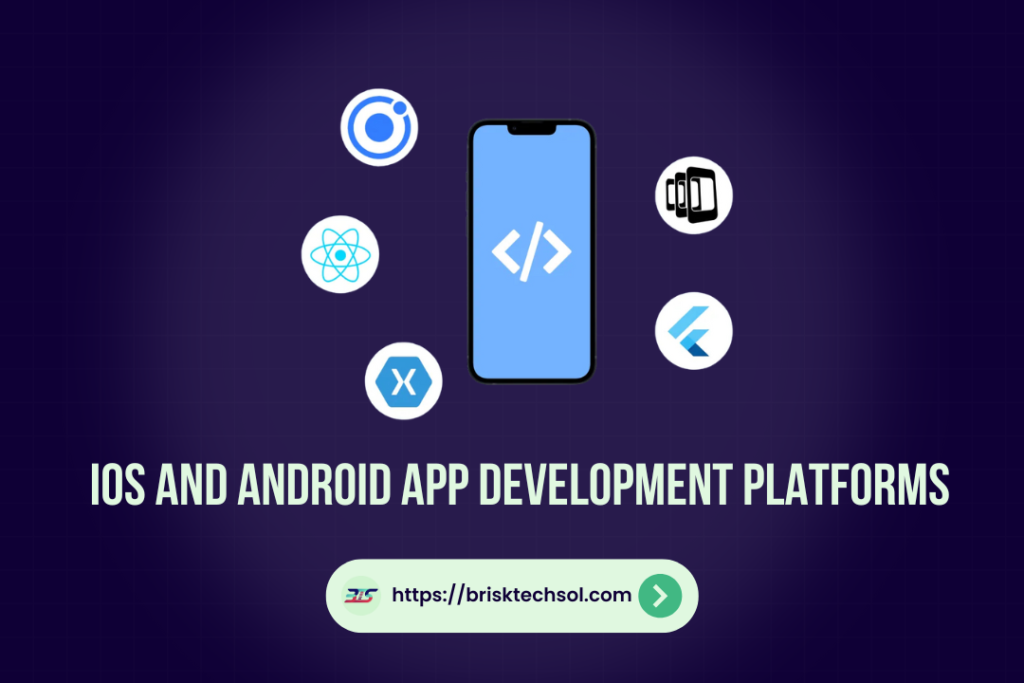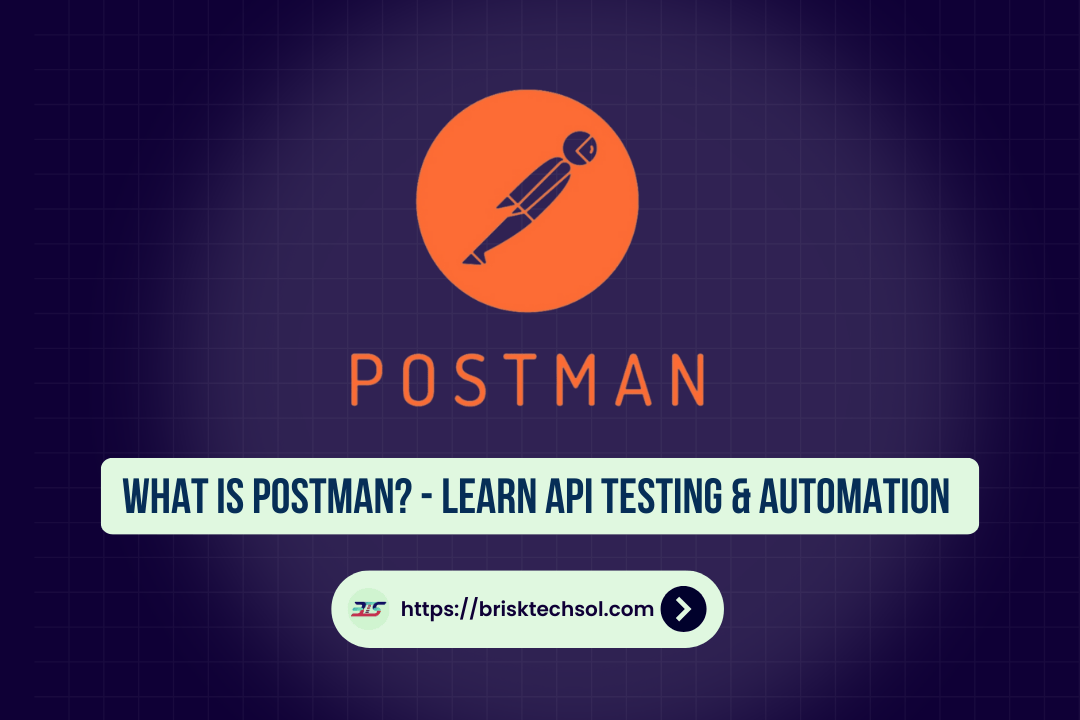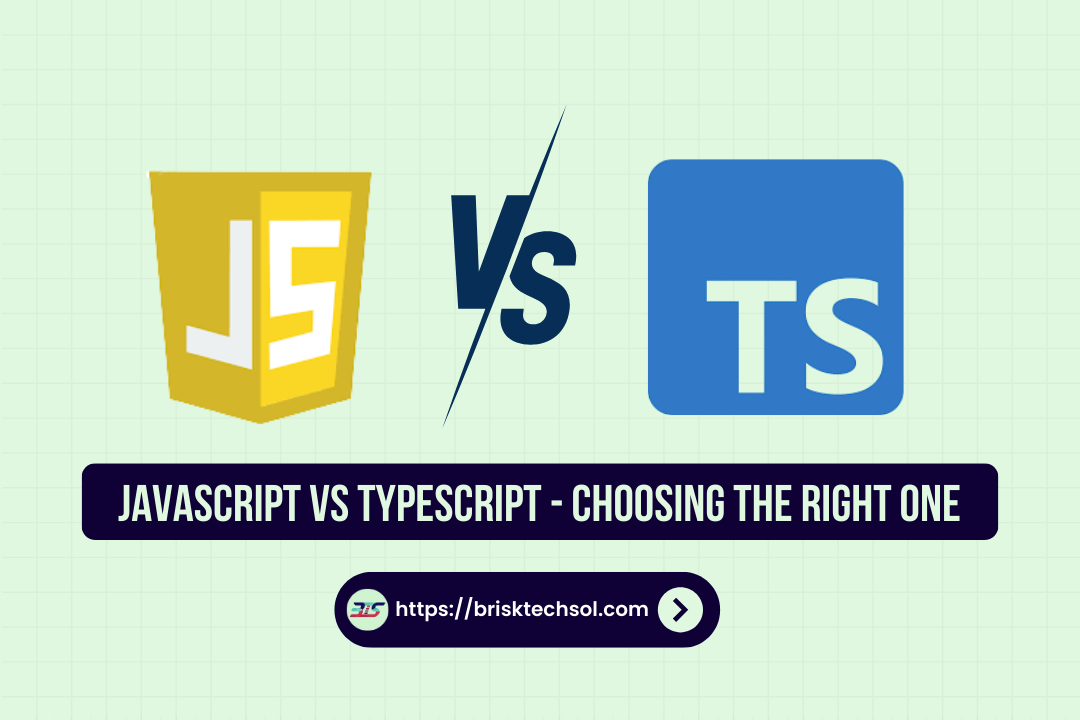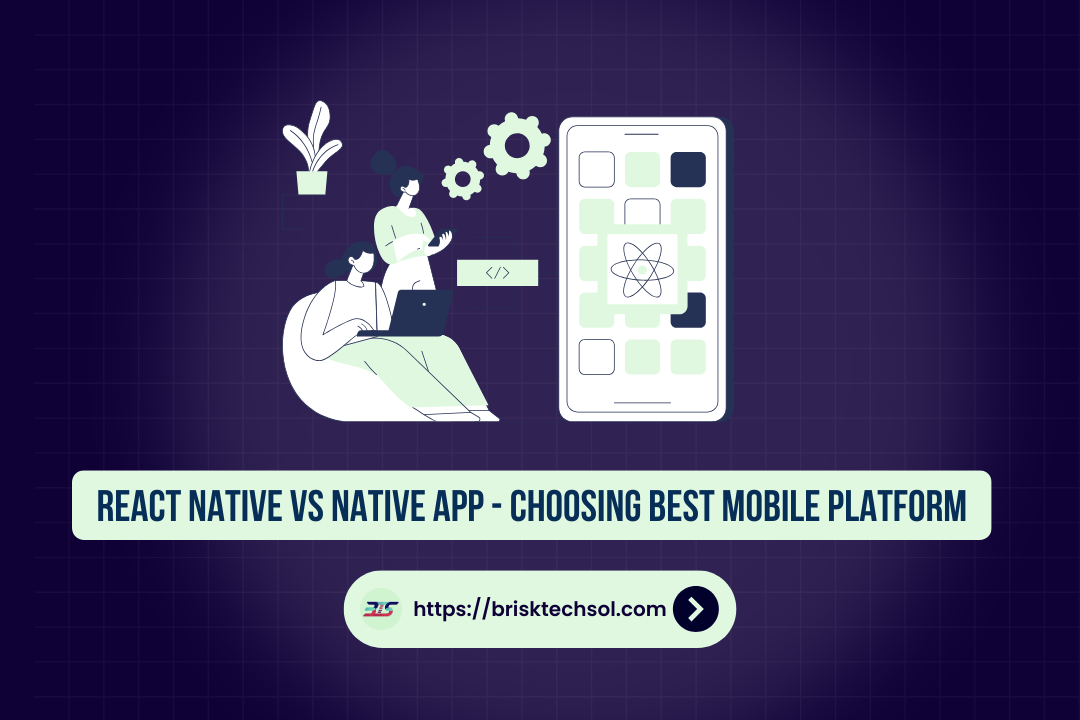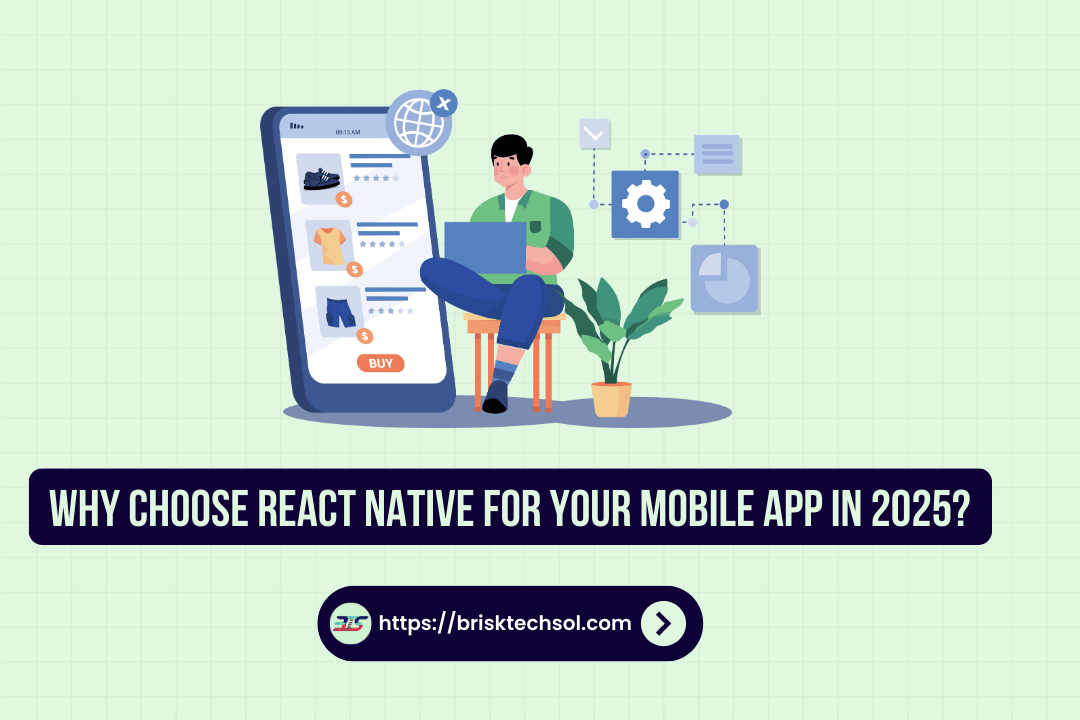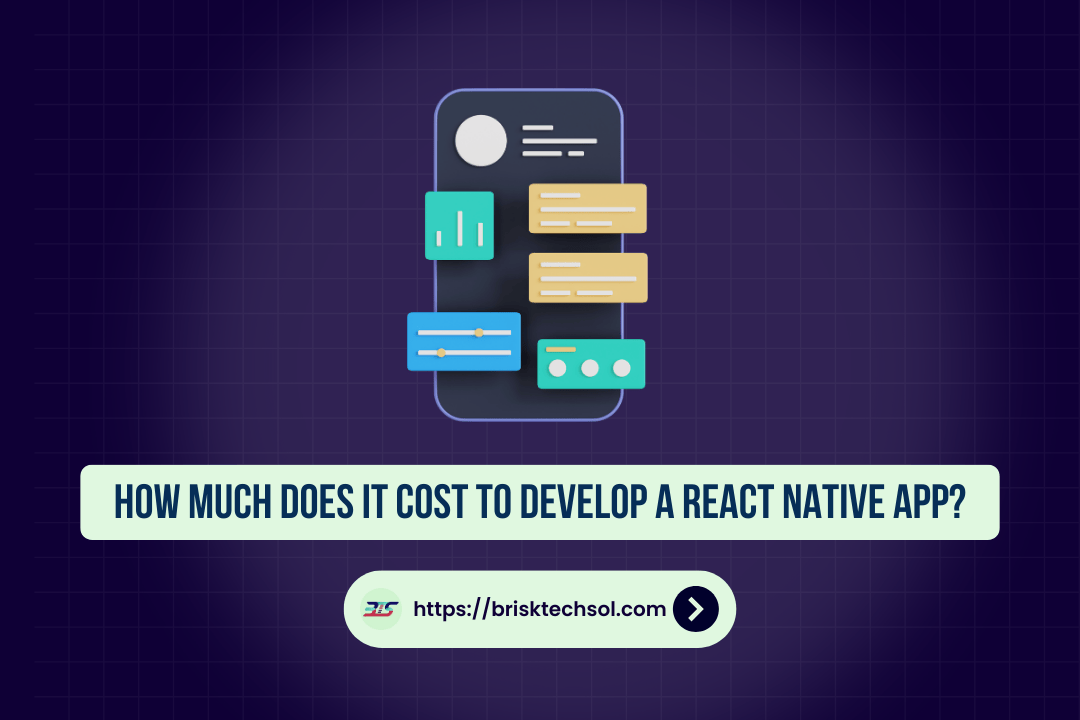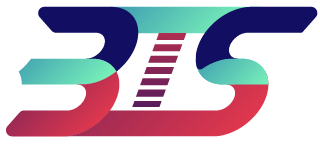Choosing the right platform for app development is crucial for creating high-quality, scalable mobile applications. With various options available, finding the ideal platform that aligns with your project goals, audience, and budget can significantly impact your app’s success.
Key Takeaways
Why Platform Matters in App Development
The platform you select sets the foundation for your app’s performance, scalability, and user experience. Here’s why it matters:
- Performance: Native platforms offer superior speed and responsiveness.
- Audience Reach: iOS dominates in North America and Europe, while Android leads in Asia and Africa.
- Cost Efficiency: Hybrid platforms like Flutter save development time and money by reusing code across platforms.
- Scalability: Selecting a scalable platform ensures seamless handling of growing user bases.
Every project is unique, and understanding your requirements is key to making an informed decision.
Leading iOS and Android App Development Platforms
1. React Native
React Native
React Native, backed by Facebook, is a popular choice for cross-platform development. Its key features include code reusability, live reload, and a vast developer community.
- Benefits: Cost-effective, faster development, and a near-native experience.
- Examples: Instagram, Airbnb, and Skype.
Ideal Use Cases:
- Startups needing cost-effective development.
- Apps requiring a native-like user interface.
Examples:
Instagram, Airbnb, and Walmart are notable apps built with React Native.
2. Flutter
Flutter, Google’s brainchild, is known for its high-performance UI and rapid development capabilities.
Key Features:
- Hot reload feature for faster testing.
- Single codebase for multiple platforms, including web and desktop.
- Extensive widget library for stunning UIs.
Ideal Use Cases:
- Visually intensive apps.
- Startups and enterprises looking for scalability.
Examples:
Google Pay, Alibaba, and Dream11 have leveraged Flutter’s capabilities.
3. Xamarin
Xamarin is Microsoft’s platform for building robust, enterprise-grade apps.
Key Features:
- Integration with Microsoft’s tools like Azure.
- C# as the programming language, easing transitions for .NET developers.
- High reusability of code.
Ideal Use Cases:
- Enterprise apps with backend integration.
- Companies already using Microsoft ecosystems.
4. Swift/SwiftUI (Native iOS Development)
For iOS apps, Swift remains the gold standard.
Key Features:
- Optimized for Apple’s ecosystem.
- Seamless integration with hardware features like Face ID.
- SwiftUI enables declarative syntax for building UIs.
Ideal Use Cases:
- Apps exclusively targeting iOS users.
- High-performance apps like games or financial tools.
5. Kotlin/Android Studio (Native Android Development)
Google’s official platform ensures precision for Android apps.
Key Features:
- Advanced debugging tools in Android Studio.
- Kotlin’s concise syntax reduces development errors.
- Rich libraries for diverse app functionalities.
Ideal Use Cases:
- Android-specific applications.
- Apps with hardware-specific features like GPS or NFC.
Native vs. Hybrid Platforms: A Comparison
| Aspect | Native Development | Hybrid Development |
|---|---|---|
| Performance | Superior | Good |
| Cost | Higher | Lower |
| Time to Market | Longer | Shorter |
| Code Reusability | Limited | High |
For apps requiring high performance or hardware-level access, native development is ideal. However, hybrid platforms are cost-effective for most startups.
Cost Analysis of Development Platforms
When selecting a development platform, understanding the cost implications is essential. Here’s how costs vary between platforms:
- Development Costs:
Native app development, requiring separate coding for iOS and Android, typically costs more. For instance, building an app on Swift and Kotlin might cost $50,000 to $100,000 depending on complexity. Hybrid platforms like React Native or Flutter, leveraging a single codebase for both platforms, can reduce costs by 30-40%. - Maintenance Costs:
Native apps demand updates for each platform separately, increasing ongoing expenses. In contrast, hybrid platforms enable unified updates, reducing maintenance efforts and costs. - Hidden Costs:
Consider costs for licenses (e.g., Apple Developer Program at $99/year) and third-party tools or APIs, which can vary by platform. - ROI (Return on Investment):
While native apps offer superior performance, making them ideal for high-end user bases, hybrid apps are perfect for startups looking for quicker market entry and higher ROI.
Security Considerations
Mobile app security is a top priority, especially when handling sensitive user data. Here’s how various platforms address it:
- iOS Security:
Apple’s ecosystem is known for its strict security measures, including encrypted data storage, robust sandboxing, and App Store reviews that minimize vulnerabilities. The Data Protection API enhances security for sensitive user data. - Android Security:
Android incorporates features like SafetyNet to verify app integrity and secure sensitive operations. Its open-source nature, however, requires developers to be proactive in securing apps against malware. - Hybrid Platforms:
Security relies heavily on the framework and developer implementation. Using tools like Firebase Authentication or OAuth2 can help secure hybrid apps. - Additional Security Measures:
- Implement multi-factor authentication (MFA).
- Regularly update app frameworks and libraries.
- Use HTTPS for secure data transmission.
Robust security ensures user trust and regulatory compliance, vital for app success.
Industry Specific Recommendations
Different industries have unique requirements, and choosing the right platform is crucial for catering to those needs effectively.
- E-Commerce Apps:
Platforms like Flutter and React Native are ideal for e-commerce apps due to their flexibility and quick development cycles. Apps like Alibaba and Shopify have leveraged these platforms to provide seamless shopping experiences. - Healthcare Apps:
Native platforms are recommended for healthcare apps due to their superior performance and security compliance with regulations like HIPAA. Swift (iOS) and Kotlin (Android) are often used for their robust capabilities. - Gaming Apps:
Unity and Unreal Engine are specialized platforms for gaming apps. However, native development with iOS and Android can provide the high performance required for mobile games. - Logistics and Tracking Apps:
Hybrid platforms like Xamarin are preferred for logistics apps due to their ability to work across devices while offering a smooth user experience.
Choosing a platform tailored to your industry helps meet specific user needs and achieve better business outcomes.
Emerging Trends in App Development
Stay ahead by adopting these trends:
- AI-Powered Apps: Personalization driven by AI boosts user engagement.
- AR/VR Integration: Perfect for gaming, education, and e-commerce apps.
- 5G Technology: Enables faster and more complex app functionalities.
- Seamless UX Design: Modern apps focus on intuitive and clutter-free interfaces.
How to Choose the Right Platform
To select the best platform, consider:
- Project Type: For complex apps with platform-specific features, native development is better.
- Budget: Hybrid platforms like React Native are cost-effective.
- Timeline: If speed is crucial, cross-platform tools like Flutter are ideal.
- Target Audience: Choose based on whether your audience prefers iOS, Android, or both.
Tips for Optimizing App Development
- Use Testing Tools: Firebase and Appium ensure bug-free apps.
- Monitor Performance: Tools like Sentry and Crashlytics identify performance bottlenecks.
- Iterate Rapidly: Regular updates improve functionality and user satisfaction.
Conclusion
Selecting the right app development platform is a cornerstone of a successful mobile strategy. Whether you prioritize cost-efficiency, performance, or scalability, platforms like React Native, Flutter, and native tools offer diverse solutions. Evaluate your project’s needs and choose the platform that aligns with your vision.
FAQs
Q1: What is the most popular cross-platform tool?
React Native and Flutter dominate the cross-platform space.
Q2: How do React Native and Flutter compare?
React Native offers a native-like experience, while Flutter excels in UI customization.
Q3: Is native app development still relevant?
Yes, for apps requiring high performance or hardware integration.
Q4: Which platform is best for startups?
Startups benefit from React Native or Flutter due to reduced costs and development time.
Q5: Can hybrid apps match native app performance?
While hybrid apps are efficient, they may lag in performance-intensive tasks.

